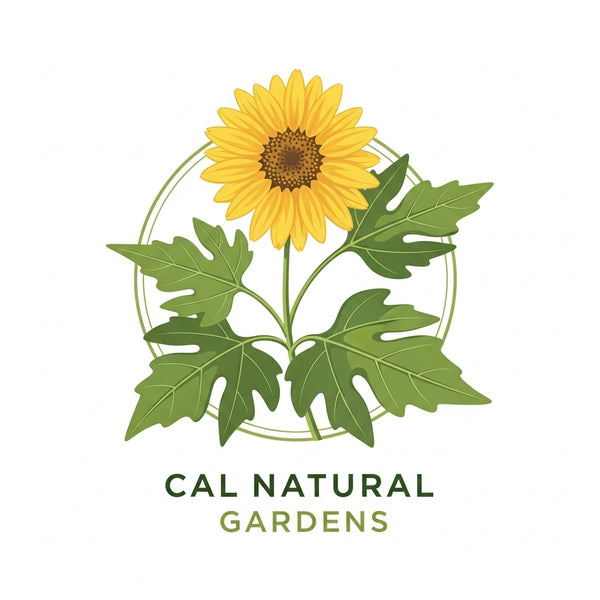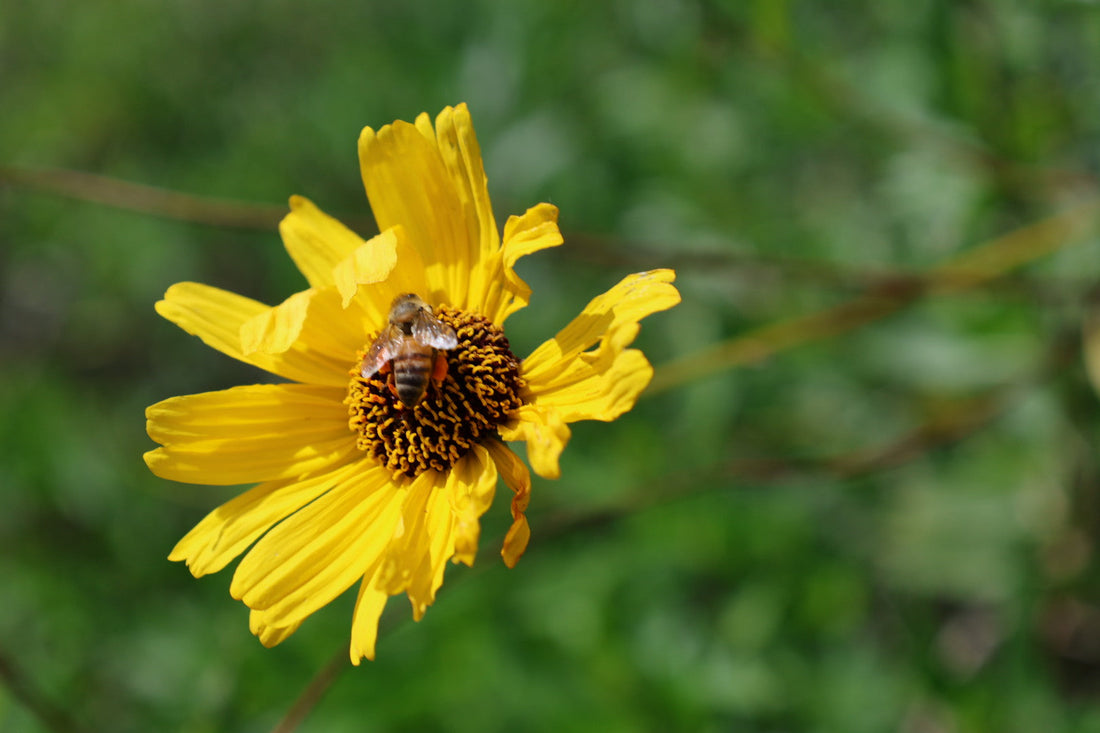The California Bush Sunflower: A Beautiful and Resilient Native Plant
Introduction
The California Bush Sunflower (Encelia californica), also known as the California Desert Daisy, is a captivating and vital plant native to the arid southwestern United States. This hardy, drought-tolerant shrub is a staple of California’s desert landscapes, bringing vibrant yellow blossoms that brighten the dry, harsh surroundings. Known for its resilience in challenging environments, the California Bush Sunflower serves multiple ecological, cultural, and practical purposes, from supporting desert biodiversity to offering sustainable landscaping solutions. This article delves into the characteristics, ecological benefits, cultural significance, and modern uses of the California Bush Sunflower, highlighting its importance in desert ecosystems and beyond.
1. Overview and Physical Characteristics
Scientific Classification:
The California Bush Sunflower, scientifically known as Encelia californica, belongs to the Asteraceae family, which also includes daisies, sunflowers, and asters. It is a perennial shrub, found predominantly in the dry, sun-soaked regions of the Mojave and Sonoran Deserts. This plant has adapted over thousands of years to survive and even thrive in some of the most extreme climates.
Physical Description:
Typically growing between 1 to 3 feet in height, the California Bush Sunflower is a small, bushy shrub that often features multiple stems and branches. Its leaves are narrow, lance-shaped, and silvery-green, covered with a fine layer of hairs that help reduce water loss by reflecting sunlight and conserving moisture. The plant’s most notable feature, however, is its striking yellow flowers, which resemble sunflowers and bloom in clusters at the tips of its branches.
The flowers of Encelia californica are daisy-like with a bright yellow center and radiating petals. The blooms appear primarily in the spring, often lasting several weeks and providing a burst of color in an otherwise barren landscape. These flowers attract pollinators like bees, butterflies, and other insects, playing a crucial role in supporting desert ecosystems.
Root System:
The plant’s deep, extensive root system is one of its key adaptations to desert life. This allows the California Bush Sunflower to access water deep in the soil, making it resilient during droughts. The roots also help stabilize the soil, preventing erosion in the sandy, rocky desert terrain.
2. Habitat and Distribution
Native Range:
Encelia californica is primarily found in the southwestern United States, with the majority of its distribution in the deserts of California, Arizona, Nevada, and Baja California. It is particularly prevalent in the Mojave and Sonoran Deserts, where it thrives in hot, dry conditions. The plant is well-suited to a variety of desert habitats, including rocky hillsides, sandy washes, desert flats, and the edges of scrublands.
California Bush Sunflowers prefer areas with well-draining soils and can often be found growing in the wild in places that experience low to moderate rainfall. The plant is well-adapted to endure the temperature extremes typical of desert environments, where it faces scorching daytime heat followed by much cooler nights.
Ecological Role:
In its native desert ecosystems, the California Bush Sunflower plays a vital role in supporting biodiversity. Its flowers provide an essential nectar source for pollinators like bees and butterflies, which are critical for pollinating many desert plant species. In addition, the seeds of the sunflower are consumed by small mammals, birds, and rodents, further integrating the plant into the desert food web.
Beyond its support for pollinators, the California Bush Sunflower’s dense foliage offers shelter for small desert animals, protecting them from predators and the harsh elements of the desert environment. As a hardy native shrub, it also helps stabilize desert soils and prevent erosion, making it an integral part of the ecosystem.
3. Adaptations to Desert Life
Drought Tolerance:
The California Bush Sunflower has evolved a number of remarkable adaptations that allow it to thrive in desert climates. Its ability to survive long periods of drought is due to its efficient water use strategies. One of the plant’s most important adaptations is its waxy, hairy leaf coating, which reduces water loss by minimizing evaporation. The leaves’ gray-green color helps reflect the harsh desert sunlight, reducing the amount of heat absorbed and thereby limiting transpiration, the process by which plants lose water.
Additionally, the plant’s deep root system allows it to tap into underground water sources that other plants might not be able to reach. This extensive root network ensures the plant remains hydrated during periods of low rainfall and provides it with the resources it needs to thrive in arid conditions.
Sunlight Adaptation:
The California Bush Sunflower’s bright yellow flowers are not just visually stunning; they are also an adaptation to the intense desert sun. The sunflowers’ reflective, radiant petals likely serve as a signal to attract pollinators, particularly bees, which are drawn to bright colors. By blooming in the spring, the plant takes advantage of the early growing season when pollinators are most active and other food sources may be limited.
Temperature Tolerance:
The plant’s ability to withstand extreme temperatures is another important adaptation. During the scorching daytime heat of the desert, which can reach upwards of 100°F (38°C), the California Bush Sunflower remains hydrated and functional. At night, when temperatures drop sharply, the plant’s ability to retain water and its deep root system help it survive the rapid temperature changes typical of desert environments.
4. Ecological and Environmental Benefits
Supporting Pollinators:
The California Bush Sunflower plays a significant role in supporting local pollinator populations. Its large, bright yellow flowers attract a range of pollinators, including bees, butterflies, and even hummingbirds. These insects and birds are vital to the reproduction of many desert plant species, including other wildflowers and shrubs. By providing a reliable food source in the form of nectar, the California Bush Sunflower contributes to the overall health of the desert ecosystem.
The blooming period of the California Bush Sunflower also coincides with the early spring months, which is when many pollinators are most active after the winter. The plant’s ability to provide such an important resource helps sustain pollinator populations during the critical early part of the year, when food sources are less abundant.
Soil Stabilization:
The deep, fibrous root system of the California Bush Sunflower also helps stabilize desert soils. This is particularly important in areas where soil erosion is a concern, especially in places affected by wind or water runoff. As the plant’s roots anchor the soil, it reduces the potential for erosion, helping maintain the integrity of desert landscapes. This is a significant ecological benefit, as many desert ecosystems are susceptible to degradation due to overgrazing, mining, or development.
Ecosystem Support:
Beyond its role as a pollinator plant and soil stabilizer, the California Bush Sunflower supports a variety of desert wildlife. Its seeds provide an important food source for small mammals, birds, and rodents. Additionally, its dense foliage offers shelter and protection from predators, contributing to the overall biodiversity of the desert environment.
5. Cultural and Medicinal Uses
Traditional Uses:
For Native American tribes in the southwestern United States, the California Bush Sunflower has played a role in cultural and medicinal practices. While not as widely used as some other desert plants, it was sometimes incorporated into herbal remedies and rituals. The plant’s bright yellow flowers were associated with the sun, and its medicinal uses were typically based on its leaves and flowers.
• Medicinal Infusions: In some tribal cultures, the flowers and leaves of the California Bush Sunflower were used to make medicinal teas or infusions. These were believed to have mild analgesic properties, helping to relieve pain and reduce inflammation. The plant was also occasionally used in poultices to treat sore muscles and wounds.
• Cultural Symbolism: The California Bush Sunflower, with its bright yellow blooms, held symbolic significance in Native American culture. Its connection to the sun and its ability to bloom and thrive in challenging conditions made it a symbol of strength and resilience.
6. Modern Uses and Applications
Sustainable Landscaping:
The California Bush Sunflower is increasingly being used in sustainable landscaping, particularly in xeriscaping projects, where water conservation is a priority. The plant’s drought-tolerant nature and minimal water requirements make it an excellent choice for gardens in arid climates. Its ability to thrive with minimal maintenance and its vibrant yellow flowers make it both an aesthetically pleasing and practical addition to drought-resistant landscapes.
Habitat Restoration:
In recent years, Encelia californica has been used in habitat restoration projects aimed at rehabilitating desert landscapes impacted by human activity, climate change, or invasive species. Its resilience and ability to stabilize soil make it an ideal candidate for replanting in degraded areas, helping to restore native habitats and promote biodiversity.
Carbon Sequestration:
Like other plants, the California Bush Sunflower plays a role in carbon sequestration, absorbing carbon dioxide from the atmosphere and storing it in its biomass. While its contribution to mitigating climate change may be small, it is a reminder of the importance of plants in reducing greenhouse gas concentrations. Increasing the use of native plants like the California Bush Sunflower in urban and rural landscapes can help enhance carbon uptake and contribute to the fight against climate change.
Conclusion
The California Bush Sunflower (Encelia californica) is much more than a beautiful desert plant. It is a resilient survivor in harsh environments, a crucial ecological player in desert ecosystems, and a symbol of strength and adaptability. Whether supporting pollinators, stabilizing soil, or enhancing sustainable landscaping, the California Bush Sunflower offers numerous benefits that extend beyond its visual appeal.
From its historical use by Native American cultures to its current applications in ecological restoration and xeriscaping, Encelia californica demonstrates the value of native plants in addressing modern environmental challenges. As we continue to seek solutions to water scarcity, habitat loss, and climate change, the California Bush Sunflower provides a model for how nature’s ingenuity can offer sustainable, practical solutions. Its vibrant blooms, resilience, and ecological benefits will continue to brighten the desert landscapes and inspire future generations of conservationists, gardeners, and nature enthusiasts.

